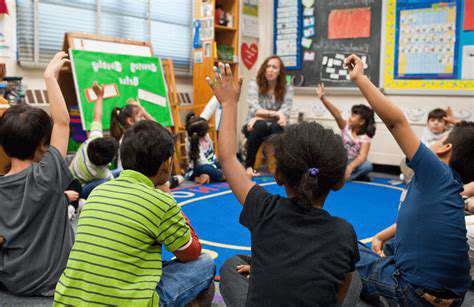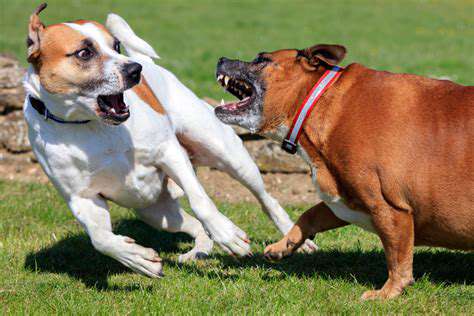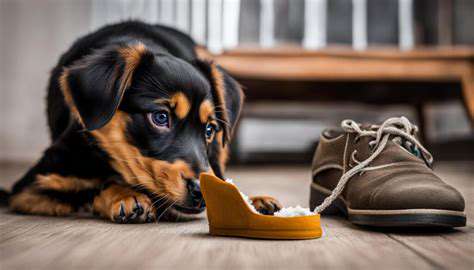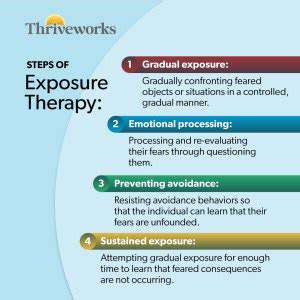Puppy Socialization During Walks: Making Every Walk Fun

Handling Other Dogs Safely and Effectively

Safe Introduction Procedures
When introducing your dog to another dog, it's crucial to prioritize safety and minimize potential conflicts. A gradual introduction is key to a positive outcome, and rushing the process can lead to negative experiences for both dogs. Start by allowing them to sniff each other from a distance, using a leash to maintain control. Observe their body language closely. If either dog shows signs of aggression, such as growling, snarling, or lunging, immediately separate them and try again later.
Ensure the introduction takes place in a neutral environment. This minimizes territorial anxieties and allows each dog to assess the other without the added stress of their own home space. Never force the interaction; dogs should be comfortable approaching each other on their own terms. Positive reinforcement, such as treats and praise, can help encourage a positive association.
Understanding Body Language
Paying close attention to your dog's (and the other dog's) body language is paramount during introductions. A relaxed dog will have loose ears and a calm posture. Conversely, a dog showing signs of aggression might have ears pinned back, a stiff body, and a low growl. Recognizing these subtle cues can help you intervene and prevent potential conflicts. Understanding these signals will aid in preventing serious interactions before they escalate.
Learning to interpret these cues takes time and practice. It allows you to anticipate potential issues and react appropriately. By observing the subtle shifts in posture, facial expressions, and vocalizations, you can quickly assess whether the interaction is progressing positively or if intervention is needed.
Creating a Safe Space
Establishing a safe space for each dog is essential during the introduction process. This could be a separate room or a designated area with a barrier between them. This separation allows the dogs to feel secure and not feel pressured into an interaction they are not ready for. Providing a space where each dog can retreat if feeling overwhelmed is crucial for their well-being.
A safe space should be comfortable and familiar to each dog. Adding familiar scents or blankets can further reduce stress and anxiety, helping the dogs feel more secure and confident.
Supervision and Control
Constant supervision is absolutely essential during any interaction between dogs, especially during introductions. Having a leash or other means of control is important, allowing you to quickly separate the dogs if necessary. This allows you to promptly intervene if the situation escalates, preventing a potential fight.
Knowing how to safely manage the situation and the tools to use to do so is of utmost importance.
Positive Reinforcement Techniques
Positive reinforcement plays a vital role in fostering positive interactions between dogs. Rewarding calm and neutral behavior during introductions reinforces those positive interactions. Positive reinforcement techniques create a positive association, making the interaction more likely to be repeated positively in the future. This could involve treats, praise, or toys. Use these rewards to reward any calm behavior displayed.
Addressing Potential Conflicts
Understanding potential conflict triggers is crucial to preventing problems. Common triggers include resources (food, toys, attention), territory, and perceived threats. Be mindful of these triggers, and take steps to minimize their impact on the introduction. If you notice escalating tension, immediately separate the dogs and try again later. This may require multiple attempts over time.
It’s always best to consult a professional dog trainer or veterinarian for advice on specific situations and recommendations for your dogs.
Long-Term Management Strategies
After the initial introduction, establishing long-term management strategies is vital. This includes creating separate spaces for each dog and ensuring they have sufficient exercise and mental stimulation. This will help maintain a harmonious coexistence, minimizing the risk of future conflicts. Consistent routines and positive reinforcement will also help.
Regular monitoring and adjustments to their living arrangements are critical to maintain a safe and comfortable environment for all dogs.
Read more about Puppy Socialization During Walks: Making Every Walk Fun
Hot Recommendations
- The Impact of Early Socialization on a Dog's Interaction with Other Animals
- Car Travel and Puppy Socialization: Making the Journey a Positive Experience
- The Importance of Early Environmental Exposure for Puppy Development
- Taking Your Puppy to the Vet: Positive Socialization Strategies
- Making Training a Positive Experience for Your Puppy
- Public Transportation and Puppy Socialization: A Step by Step Guide
- Safe Socialization: Allowing Others to Pet Your Puppy
- Helping a Puppy Who Struggles with "Stay"
- Positive Puppy Interactions: Making Meetings with New Friends Fun
- No Treats Needed? Training Basic Commands with Verbal Praise











